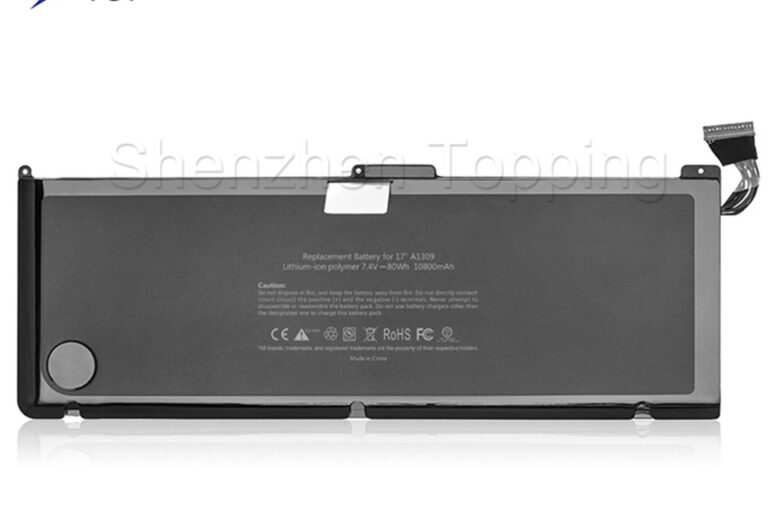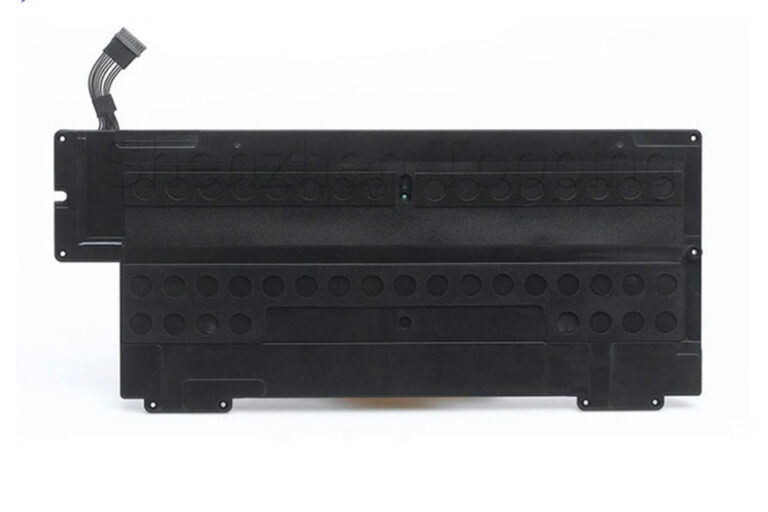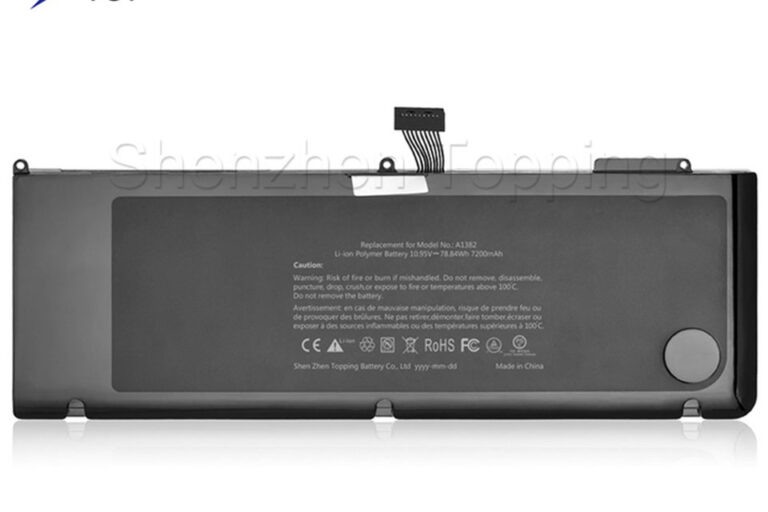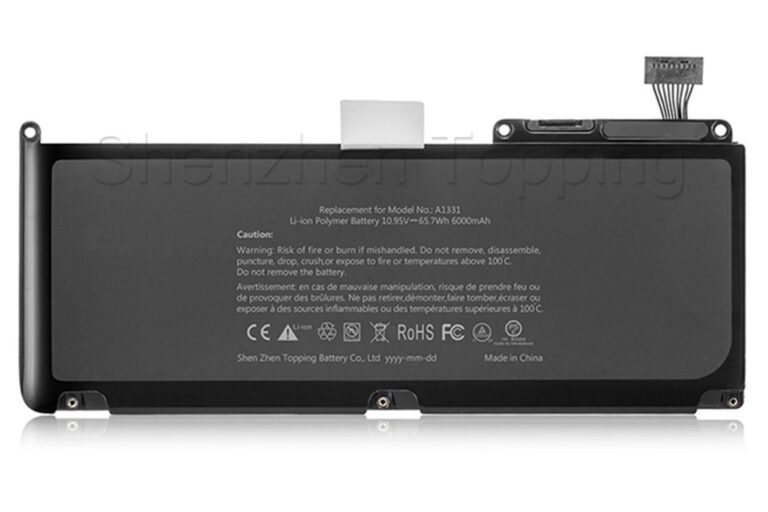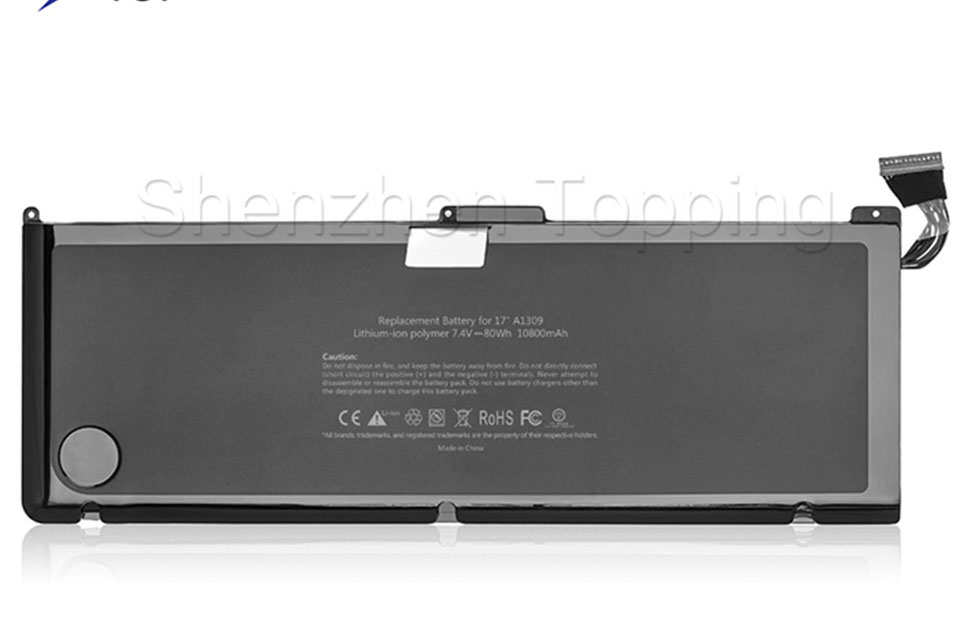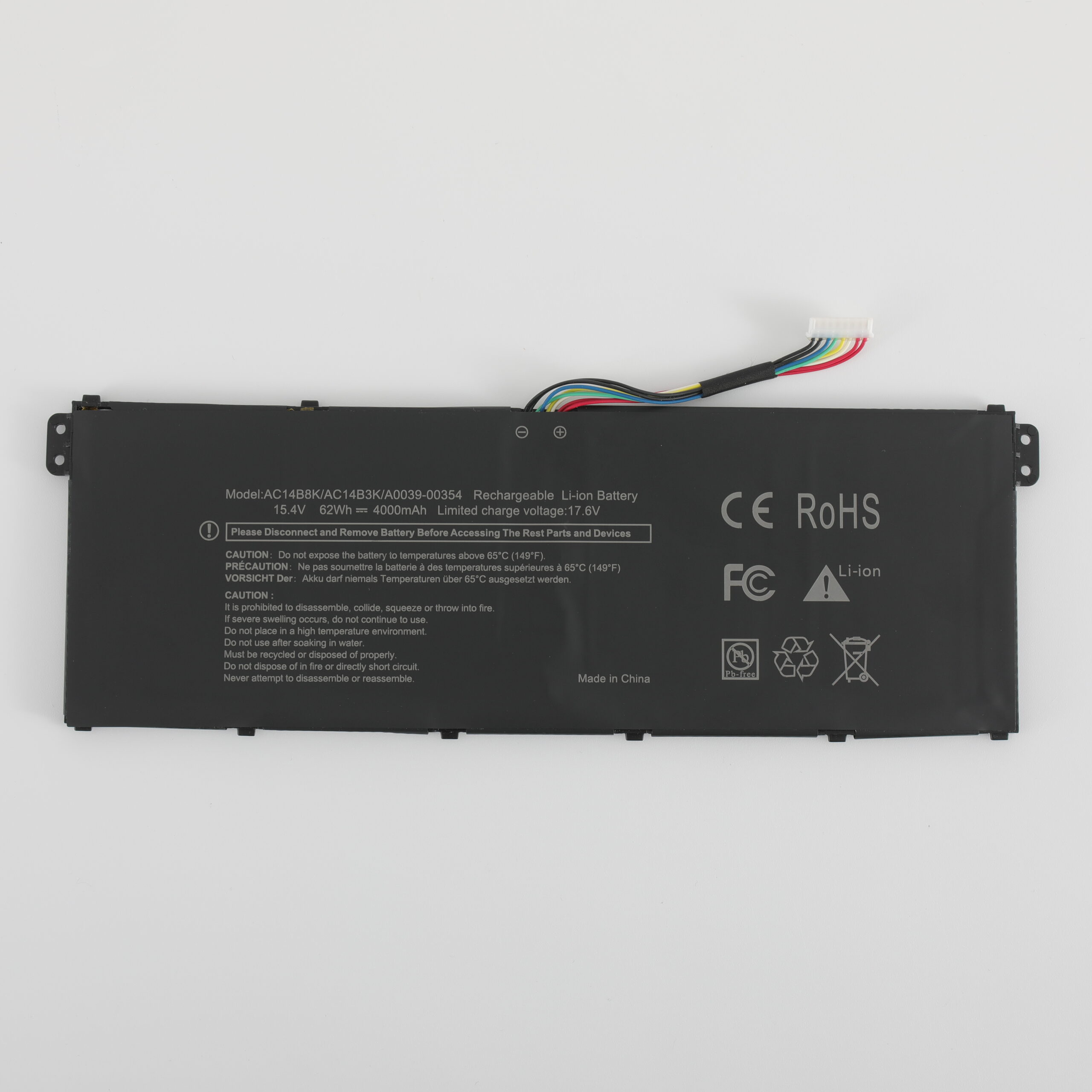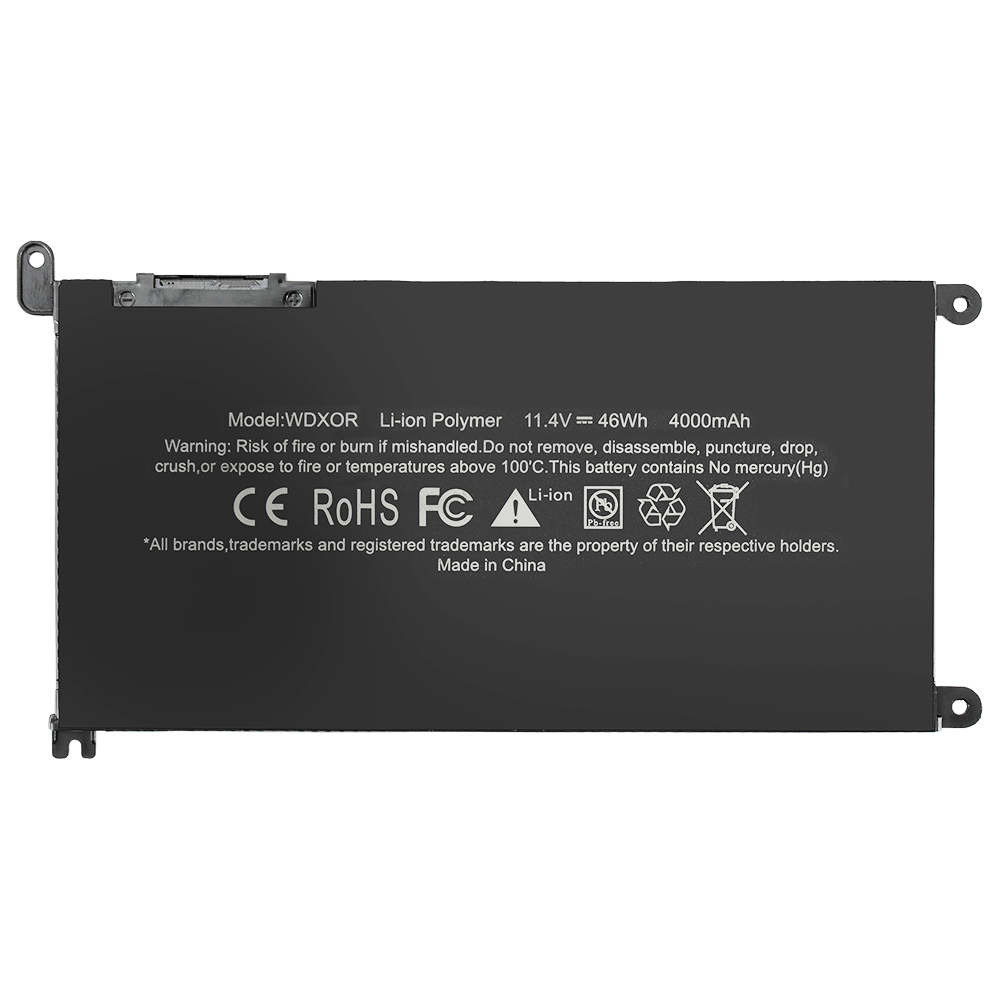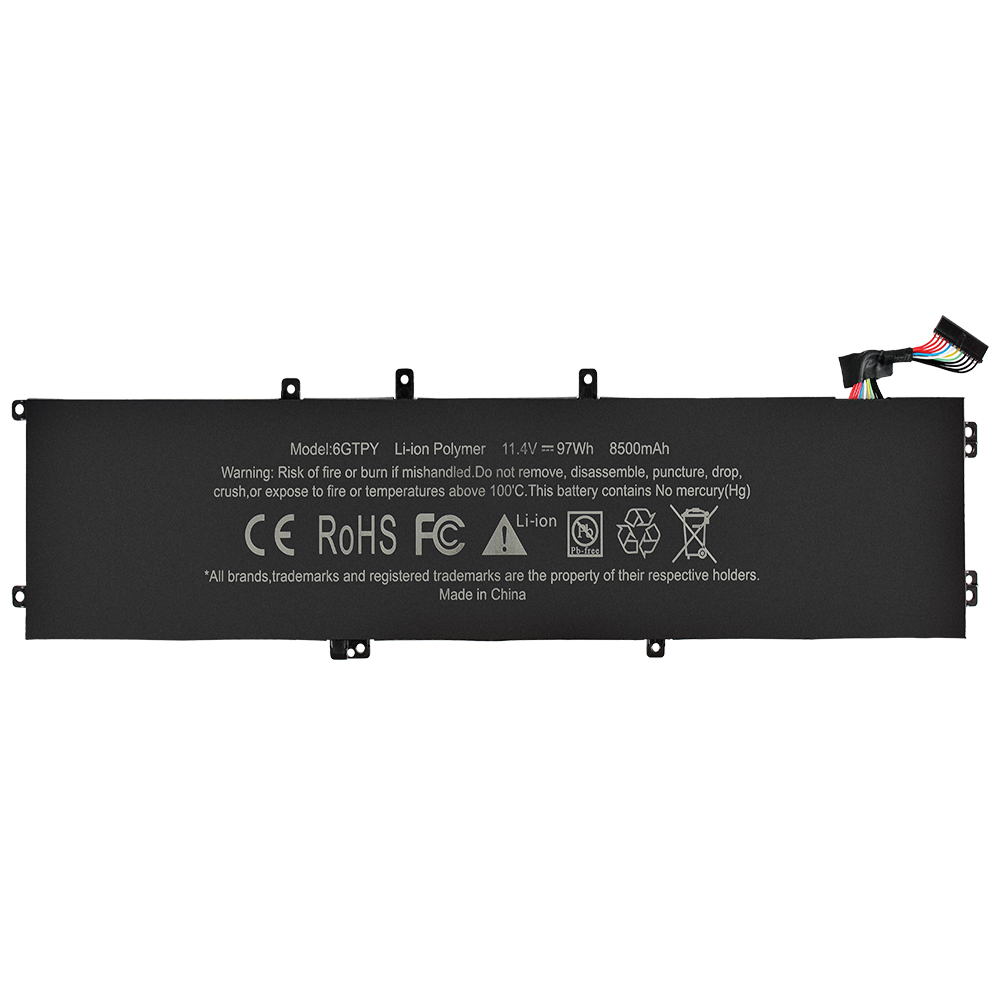-
Longshan 5th Rd, Xingsheng County,Longgang Street, Shenzhen
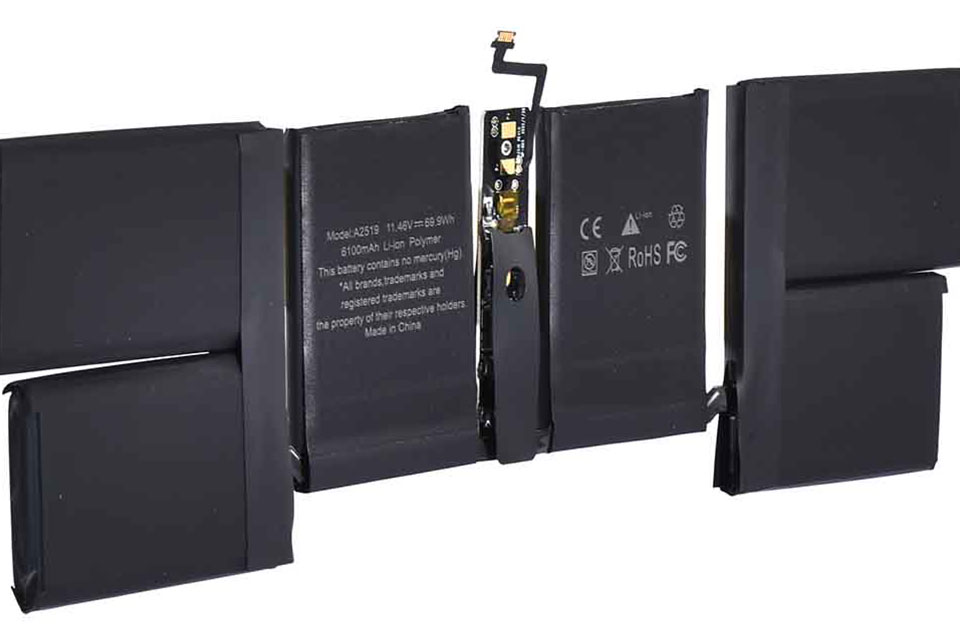
Li-ion vs Li-polymer: Which Battery Is Best For You?
Hey There! Allow’s Discuss Batteries
Do you make use of a phone, a laptop computer, or a drone? Presume what! You require a battery. Do you need to know why your gadget functions so well? It is as a result of clever batteries. Lithium-ion and lithium-polymer batteries are almost everywhere. They are inside your favored devices. However they are not the very same. Allow’s discover every one. You can select what you such as best!
What Is a Lithium-ion Battery?
A lithium-ion battery is solid and secure. It makes use of a fluid electrolyte When you connect in your computer system or make use of a power device, the lithium-ion battery provides you power.
Where Can You Locate It?
- Laptops
- Electric cars
- Power devices
- Clinical gadgets
- Apple Battery items
Bottom Line:
- Round and prismatic forms
- Lasts lengthy
- Great for huge tasks
- Typically made use of in OEM Laptop Battery Factory Battery for leading laptop computer brand names
What Is a Lithium-polymer Battery?
A lithium-polymer battery is light and slim. It makes use of a polymer-based gel This battery can alter its form. It is excellent when you require it to suit a tiny room.
Where Can You Locate It?
- Mobile Phones
- Drones
- Wearables like smartwatches
- RC autos
- Slim laptop computers
Bottom Line:
- Adaptable bag cell
- Can be made in several forms
- High power for fast usage
- Made use of in little or light devices
Li-ion and Li-polymer: Allow’s Contrast
Consider the table listed below for a fast contrast!
| Attribute | Lithium-ion Battery | Lithium-polymer Battery |
|---|---|---|
| Electrolyte | Fluid or gel | Polymer-based gel or strong |
| Type Forming | Round, Prismatic | Adaptable bag, very easy to form |
| Power Thickness | 150-250 Wh/kg | 130-220 Wh/kg |
| Power Shipment | Modest to high | Really high, excellent for peak power |
| Safety And Security Dangers | Fire, surge if harmed | Swelling, can smoke if overcharged |
| Expense | More affordable each | Can be costlier for custom-made styles |
| Life Expectancy | 500-2000+ cycles | 300-1000+ cycles |
| Voltage Degree | Concerning 3.6V-3.7 V each cell | Concerning 3.7 V each cell |
| Usual Instruments | Laptops, EVs, power devices | Phones, drones, wearables, RC playthings |
Lithium-ion vs. Lithium-polymer Batteries: An Extensive Contrast.
Lithium-based batteries power a lot of our contemporary mobile electronic devices, electrical cars, and also drones. While “Lithium-ion” and “Lithium-polymer” are commonly made use of mutually, they describe distinctive battery modern technologies with one-of-a-kind qualities. Recognizing their distinctions is essential to valuing why particular gadgets make use of one over the various other. This infographic breaks down what collections Li-ion and LiPo batteries apart, assisting you make an educated option or just comprehend the technology behind your devices.
Lithium-ion (Li-ion) Battery
Chemistry: Utilizes a fluid natural electrolyte, which permits totally free activity of ions in between the anode and cathode.
Type Aspect: Commonly framed in inflexible steel cyndrical tubes (e.g., 18650, 21700) or prismatic cells. This gives durable defense yet limitations layout adaptability.
Applications: Leading in laptop computers, electrical cars (EVs), power devices, and older mobile phones because of their durable nature and cost-effectiveness for big capabilities.
Lithium-polymer (LiPo) Battery
Chemistry: Utilizes a polymer-based electrolyte (gelled, strong, or permeable matrix with fluid). This semi-solid or strong state is the specifying distinction.
Type Aspect: Housed in versatile, light-weight bag cells. This permits extremely personalized forms and thinner accounts, suitable right into small gadgets.
Applications: Extensively made use of in contemporary mobile phones, drones, wearables, slim laptop computers, and RC cars where high power distribution and versatile forms are critical.
Trick Distinctions at a Glimpse.
Electrolyte: Li-ion makes use of fluid, LiPo makes use of polymer-based (gel/solid).
Type Aspect: Li-ion is inflexible (cylindrical/prismatic), LiPo is versatile (bag).
Safety And Security: Li-ion: Thermal runaway threat. LiPo: Swelling/puncture threat. (Both require BMS).
Power Shipment: Li-ion: Excellent continual. LiPo: Exceptional for high-drain (C-rates).
Expense: Li-ion normally reduced, LiPo can be greater for custom-made forms.
Volumetric Thickness: LiPo commonly stands out because of reliable packaging (much less case).
Relative Efficiency Metrics.
Comprehensive Attribute Contrast Table.
| Attribute | Lithium-ion (Li-ion) | Lithium-polymer (LiPo) | Notes/ Context |
|---|---|---|---|
| Electrolyte | Fluid or Gelled Organic Electrolyte | Polymer-based electrolyte (gelled or strong) | Trick distinction in building, influences kind variable & security threats (leak vs. swelling). |
| Type Aspect | Inflexible Round (18650, 21700), Prismatic | Adaptable Bag Cell (commonly looks prismatic yet is versatile) | LiPo masters suitable particular, uneven forms and slim accounts. |
| Power Thickness | Commonly 150-250 Wh/kg (Gravimetric) | Commonly 130-220 Wh/kg (Gravimetric) | Typically comparable gravimetric thickness, yet LiPo can attain greater volumetric thickness because of much less inflexible case. |
| Power Thickness | Modest to High (Great for continual power) | High to Really High (Exceptional for high-drain applications) | LiPo generally provides greater C-rates, appropriate for requiring applications like drones or RC cars. |
| Safety And Security Dangers | Thermal Runaway (Fire/Explosion Threat), Fluid Leak | Swelling (Puffing), Leak Threat, Much Less Thermal Runaway | Both need BMS; Li-ion thermal runaway is a crucial issue; LiPo swelling suggests failure/damage. |
| Regular Expense | Typically Reduced per Wh/kWh | Typically Greater per Wh/kWh (particularly for custom-made forms) | Li-ion gain from standard dimensions and high-volume manufacturing for well established kinds. |
| Life Expectancy (Cycles) | 500 – 2000+ cycles (relying on chemistry/use) | 300 – 1000+ cycles (relying on usage, high-drain shortens) | Li-ion chemistries like LFP can have long life-spans. High-drain LiPo usage dramatically decreases cycle life. |
| Voltage (Per Cell) | Commonly 3.6 V – 3.7 V Small | Commonly 3.7 V Small | Really comparable per cell. Packs are set up in series/parallel. |
| Inner Resistance | Typically Reduced | Can be greater relying on building, yet created for high present | Impacts power distribution and warmth generation. |
| Weight | Can be somewhat much heavier because of inflexible case | Can be lighter for very same ability in some bag styles | Depends greatly on particular layout and product packaging. |
| Usual Applications | Laptops, EVs, Power Devices, Medical Instruments, Grid Range | Smartphones, Drones, RC Automobiles, Wearables, Thin Laptops | Applications commonly determined by kind variable, power needs, and room restrictions. |
Benefits & Negative aspects.
Benefits of Li-ion Batteries
- Greater gravimetric power thickness (commonly).
- Elder modern technology, developed criteria (e.g., 18650).
- Typically reduced price per ability.
- Typically far better life-span in typical applications.
Drawbacks of Li-ion Batteries
- Inflexible kind variable constraints.
- Greater threat of thermal runaway if damaged/abused.
- Can be much heavier than LiPo for comparable ability because of casing.
- Much less optimal for extremely high discharge price applications.
Benefits of LiPo Batteries
- Adaptable kind aspects, thinner accounts.
- Typically greater power thickness (greater C-rates).
- Possibly much safer in regards to fluid leakage threat.
- Lighter weight for the very same ability in some bag arrangements.
Drawbacks of LiPo Batteries
- Swelling threat if overcharged/damaged.
- Possibly much shorter life-span under particular tension.
- Greater device price for custom-made forms.
- Extra at risk to penetrate damages.
Applications: Where Each Battery Radiates.
Li-ion Applications
- Electric Automobiles (EVs) & E-bikes
- Laptops & Power Financial Institutions
- Power Devices & Industrial Tools
- Clinical Instruments & Grid Power Storage Space
LiPo Applications
- Modern Smartphones & Tablets
- Drones & RC Automobiles
- Wearables (Smartwatches, Health And Fitness Trackers)
- Thin Laptops & Portable Pc Gaming Instruments
Safety And Security Considerations & Handling Tips.
Vital Safety And Security Tips for Both Battery Kinds:
- Constantly make use of a Battery Monitoring System (BMS) for defense versus overcharge, over-discharge, and short-circuit.
- Stay clear of physical damages, piercing, or squashing batteries.
- Do not reveal batteries to severe temperature levels (warm or cool).
- Shop batteries at their advised storage space voltage (generally ~ 3.8 V per cell for LiPo, 50% cost for Li-ion).
- Dispose of harmed or end-of-life batteries at licensed recycling facilities.
Inevitably, neither Lithium-ion neither Lithium-polymer is globally “much better.” The optimal option depends totally on the particular application’s needs for kind variable, power vs. power result, price, and preferred life-span. Both modern technologies remain to progress, guaranteeing also much safer and much more reliable power storage space services for the future.
What Are the Advantages Concerning Lithium-ion?
Allow’s see why lots of people like lithium-ion.
Pros:
- High power for longer usage
- Solid and secure with BMS (Battery Monitoring System)
- More Affordable for a lot of usages
- Made use of in several gadgets like Asus Battery and HP batteries
- Longer functioning life
- Relied on by heavyweights like Panasonic and Samsung SDI
Why Pick Lithium-polymer?
Some points are much better with lithium-polymer.
Pros:
- Any kind of form— make it rounded, square, or perhaps slim like a card!
- Light-weight
- High power for fast usage (excellent C-rate)
- Suits little rooms (think about smartwatches and drones)
- Very little threat of leakages
Some Negative Points To Know
No battery is best. Below are some points to look for:
- Lithium-ion batteries are difficult and have to not be curved. If they obtain struck hard, they can be dangerous ( thermal runaway or fire).
- Lithium-polymer batteries can swell and obtain “puffy” if you overcharge them. They might last much less time than lithium-ion batteries if you utilize them a great deal.
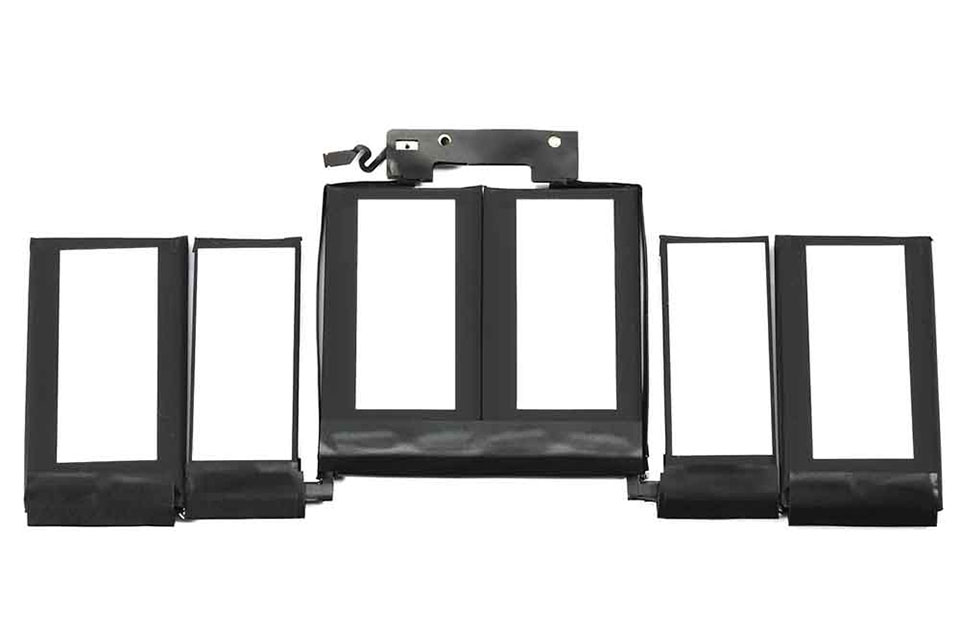
Where Do These Batteries Function Ideal?
Need to know which battery is made use of where? Below is a straightforward checklist:
Lithium-ion:
- Laptops like Dell Battery
- Vehicles with electrical engines
- Power devices in your garage
- Clinical devices
Lithium-polymer:
- Smart devices for calling and texting
- Drones that fly high overhead
- Watches, arm bands, and little devices
- Enjoyable playthings like RC autos and aircrafts
Required a battery for your MacBook? SHENZHEN GARNISH BATTERY CO., LTD is the leader. We ensure, solid, custom-made batteries. We develop for several brand names. Discover more concerning our OEM laptop battery services.
Easy Safety And Security Tips for Batteries
Remain secure! Below is what you must constantly do:
- Utilize a BMS
- Do not struck, decrease, or slit batteries
- Do not bill way too much
- Do not allow the battery obtain also warm or also cool
- Shop batteries properly
- Throw out old batteries securely (reuse!)
Why Select United States?
SHENZHEN GARNISH BATTERY CO., LTD is the leading battery manufacturing facility. We make the most effective MacBook substitute batteries Below is why you will certainly enjoy collaborating with us:
- We understand everything about lithium-ion and lithium-polymer battery modern technology.
- We make custom-made OEM/ODM batteries simply for you– any kind of dimension, any kind of form.
- We provide quickly. You will not wait long.
- We make use of leading security systems and have all the ideal qualifications.
- Every battery is excellent quality for leading power and lengthy life
Desired a battery for Lenovo, Apple, or perhaps Xiaomi? See our line of high-quality laptop batteries for many brands.
Quick Battery Realities and Graph
Consider these realities:
- Li-ion batteries last a long period of time and power huge points like autos.
- LiPo batteries frequent phones since they are light and healthy anywhere.
- Both require to be taken care of with treatment– never ever bend, hit, or damp your battery.
Study Instance
A drone makes use of LiPo batteries since it requires a battery that is light and supplies fast, solid power. A huge laptop computer makes use of a lithium-ion battery since it requires power that lasts several hours. If you desire your gadget to last longer and function far better, selecting the ideal battery is essential.
Final Thought: What Should You Pick?
So, which one is far better– lithium-ion or lithium-polymer? The solution is: it depends! If you desire toughness, lengthy life, and inexpensive, select lithium-ion If you require clever form, lightweight, and leading power for fast usage, choice lithium-polymer
Required assistance picking? SHENZHEN GARNISH BATTERY CO., LTD is below. We are the professional in ensuring, great batteries for each requirement. See our relied on brand names and talk with us for your following battery at OEM Laptop Battery Factory Battery.
Recommendations
Intend to power your gadgets securely and wisely? Pick the ideal battery. Pick the ideal group. We constantly assist you discover the most effective.

